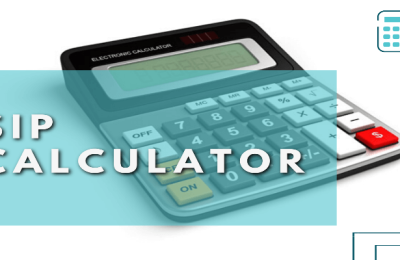In today’s digital age, it has become increasingly important to keep our financial accounts safe and secure, especially our current accounts. Here are five tips to help you protect your current account from fraudulent activities and unauthorized access-
Choose a Strong Password
A strong password is the first line of defense when keeping your current account secure. Choose a password that is at least eight characters long, includes a combination of uppercase and lowercase letters, numbers, and special characters. Avoid using easily guessable passwords such as your birthdate, anniversary, or common words. Also, make sure to change your password every few months.
Enable Two-Factor Authentication
Two-factor authentication is an extra layer of security that requires you to provide two forms of identification to access your account. This can include something you know, such as your password, and something you have, such as a code sent to your phone via SMS or a token generator app. Enabling two-factor authentication can significantly reduce the risk of unauthorized access to your account.
Regularly Check Your Account Activity
It’s important to regularly monitor your current account activity to ensure that there are no unauthorized transactions or suspicious activities. Set up alerts for transactions above a certain threshold or for any unusual activity. If you notice any suspicious activity, immediately report it to your bank.
Keep Your Personal Information Secure
Your personal information, such as your name, address, phone number, and email address, can be used by fraudsters to gain access to your current account. Be careful about sharing your personal information online, especially on social media platforms. Also, avoid clicking on links in suspicious emails or text messages, as these may be phishing attempts to steal your personal information.
Use Secure Networks and Devices
When accessing your current account online, make sure to use a secure network and device. Avoid accessing your account on public Wi-Fi networks, as these are often not secure and can be easily intercepted by hackers. Also, make sure to keep your device’s operating system and antivirus software up-to-date to protect against any potential vulnerabilities.
In addition to these tips, it’s also important to be aware of the different types of fraud and scams that can target your current account. Here are a few common types of fraud to watch out for-
Phishing
Phishing is a type of fraud where criminals try to trick you into giving them your personal information, such as your password or credit card details. They may do this by sending you an email or text message that appears to be from your bank or a legitimate organization. To avoid falling for phishing scams, always double-check the sender’s email address or phone number, and never click on suspicious links.
Smishing
Smishing is similar to phishing, but instead of using email, fraudsters use SMS or text messages to trick you into giving them your personal information. To avoid smishing scams, be wary of any text messages that ask you to click on a link or provide personal information.
Vishing
Vishing is a type of fraud where criminals use voice calls to trick you into giving them your personal information. They may pretend to be a representative from your bank or another legitimate organization and ask for your account details. To avoid vishing scams, always be suspicious of unsolicited calls and never give out your personal information over the phone unless you are sure of the caller’s identity.
Keep these tips in mind when opening a current account. Remember, it’s better to be safe than sorry when maintaining your current account.










